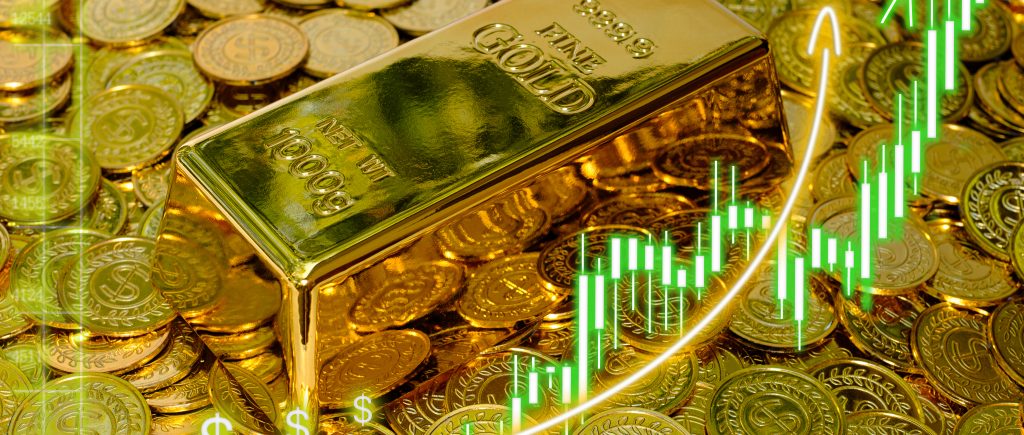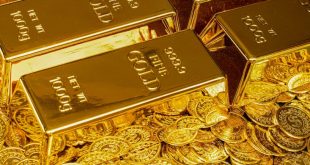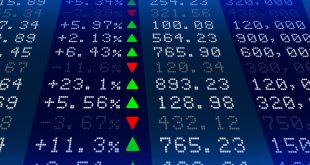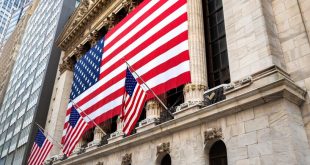Gold has broken through the $4,000 per ounce resistance level for the first time in its history on Wednesday, driven by several factors. This surge also follows the Federal Reserve (Fed) meeting results, where investors in financial markets are eagerly searching for signals regarding the future path of the Fed’s monetary policy.
The rise is not limited to gold, as other precious metals, led by silver, are following the upward trend. This reflects an attempt by investors to take shelter in safe-haven assets.
This occurred amid the start of the second week of the partial shutdown of the U.S. federal government, which boosts demand for these safe-haven assets. Investors are seeking to hedge against potential market volatility amidst rising political and economic uncertainty.
Political turmoil in France also contributed to the increased appetite for precious metals after the resignation of French Prime Minister Lecornu following President Emmanuel Macron’s announcement of a new cabinet formation. This raised concerns about stability in the Eurozone’s second-largest economy.
In Japan, the results of the recent elections, where Sanae Takaichi won the leadership of the ruling party, bolstered expectations for more expansionary fiscal and monetary policies. This has pushed investors to search for value-preserving tools like gold, especially as Takaichi approaches a top cabinet seat.
On another front, the People’s Bank of China continues to support gold prices by increasing its reserves, adding approximately 0.04 million ounces of gold last September. This extends their purchasing spree to the eleventh consecutive month.
Precious metals continue to receive support from fears related to U.S. tariffs, geopolitical tensions, and global trade conflicts.
Furthermore, political attacks by U.S. President Donald Trump on the independence of the Federal Reserve and his attempt to remove Governor Lisa Cook are increasing uncertainty and pushing investors towards gold.
Adding to this is the controversy surrounding the nomination of Stephen Moore for a position on the Federal Reserve Board, despite his continued role in the White House as an economic advisor. This creates further ambiguity about the future of U.S. monetary policy.
Weak U.S. economic data that has recently emerged has played a role in strengthening expectations for continued interest rate cuts, which is an additional positive factor supporting precious metal prices. Swap contracts indicate a 93% probability that the Federal Reserve will cut the interest rate by 25 basis points at its next meeting on October 28-29.
Gold and silver prices also received extra support from the rising demand for precious metals-related Exchange-Traded Funds (ETFs). Gold holdings in these funds reached their highest level in three years on Monday, while silver holdings hit the same record high last Wednesday.
Gold rose to $4,057 per ounce compared to the closing price of $3,885 per ounce in the previous session.
The precious metal dropped to its lowest level during the current trading day at $3,884 against the highest level recorded at $4,059.

 Noor Trends News, Technical Analysis, Educational Tools and Recommendations
Noor Trends News, Technical Analysis, Educational Tools and Recommendations




